



May we all find the strength to keep loving bravely.

We live in a world where adoration is often confused with power. A world where devotion is mistaken for control, where fans uplift their idols yet lose themselves in the process. Idols, often androgynous and mysterious, become objects of desire—carefully crafted, yet distant and unattainable.
This is more than just entertainment. It’s a ritual. Worship becomes labor. Desire becomes control.

⣧⣬⡉⠩⣿⠿⣿⠁⠠⢹⠈⣿⣿⣿⣿⣿⣿⠁⡏⠥⠉⣿⢿⣿⡏⢛⣡⣾
⣿⣿⣷⣴⣤⣦⣉⣀⠉⢡⣾⣿⣿⣿⣿⣿⣿⣷⡌⠉⣀⣋⣴⣤⣤⣾⣿⣿
But we reject the idea that fans are restless yet powerless. She sustains the idol’s existence through her gaze, her time, her sacrifice. Yet, she’s trapped in a cycle where her devotion demands more than it gives.
⣿⣿⣿⣿⣿⣿⣿⣿⣷⣄⡈⠻⢿⣿⣿⡿⠟⣉⣴⣿⣿⣿⣿⣿⣿⣿⣿⣿
⣿⣿⣿⣿⣿⣿⣿⣿⣿⣿⣿⣶⣄⡈⣉⣴⣾⣿⣿⣿⣿⣿⣿⣿⣿⣿⣿⣿
We question the systems that turn admiration into dependency. We challenge the idea that idols should be placed above fans, who often go unnoticed. We refuse to believe that longing must always be one-sided.
This project is a call to reimagine the spaces where connection, influence, and identity take shape. It invites new forms of interaction—where the fan is no longer a passive observer, but an active participant shaping their own experience and meaning.
I find it fairly easy to say "I love you" and "I'm grateful for you" to my idols, but it’s always difficult when it comes to the people around me.
Above all, I want to thank my parents for providing the best education and support throughout the twenty-one years of my life. Especially during the hardest month of my thesis, their presence healed many of my struggles. Over the past four years, I've met many talented and inspiring colleagues and mentors in the field of interior design, including Professor Nina and Professor Chris. This book would not have been possible without their patience and thoughtful guidance.
In the deepest part of my heart, there is a garden reserved for my friends. At the entrance, it says:
"Dear friends, please forgive my shyness in expressing my gratitude. But, thank you for becoming my friends."
During my thesis journey, friends were always by my side — whether it was offering kind words after a tough review, or working beside me at 4 a.m. in the studio. Every time depression tried to pull me down, they held me and helped me stand again. I truly believe that my friends are a big part of what has built me into who I am today, and I am spending these final days of college with deep gratitude in my heart.
In the end, thank you, stranger. We may not know each other, but I am still grateful that you opened this book, filled with my love and tears.
To the future — I will keep striving until I become the person I always dreamed of.
Sherry, 2025


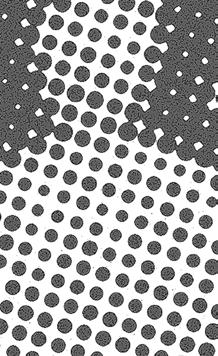
Gender Performance, Structural Power, and the Reproduction of the Panopticon Immersive Theater and the Translation of Fan Behavior
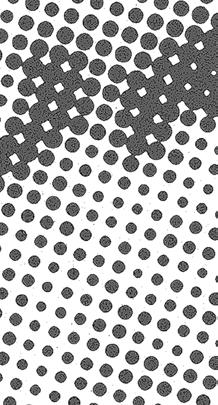
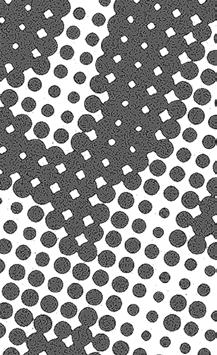



A blend of K-pop collages, scribbled lyrics, fragments of a diary, and fleeting moments from concerts—captured, collected, and curated within these pages.
The K-pop fandom is not just about fans loving their idols—it is a complex world shaped by desire, power dynamics, and hidden systems of control. This thesis explores the paradox at the heart of celebrity worship in K-pop, where fans appear to empower idols while becoming emotionally dependent on carefully constructed illusions. By examining parasocial relationships and drawing parallels to cult-like dynamics, this study reveals how fans believe they shape idols’ images while in fact fueling a commercial machine that controls them both. In response, this project reimagines the fanclub space—not as a site of blind devotion, but as a platform for self-reflection and emotional autonomy. Drawing from K-pop’s aesthetics of soft masculinity, the design employs glass and movable spatial dividers to express vulnerability, fluidity, and the quiet strength of emotional openness.
Let’s take BTS and their "soft masculinity" as an example. While it seems like they are breaking traditional ideas of how a man should look like and behave, this image is actually carefully planned. Companies use data to understand what fans want, especially young women, and create idols who are "approachable but untouchable." Every social media post, every fan comment, and every fanfiction story helps shape the idol’s image. This creates a system where fans think they are in control, but they are actually being controlled.
Using Judith Butler’s ideas about gender, I look at how K-pop idols perform "soft masculinity" and flexible femininity as part of their image. Fans, mostly women, play a big role in shaping these performances by voting, posting on social media, and writing fan stories. But
while this makes fans feel like they are part of a community, it also creates a hierarchy. Fans end up doing a lot of emotional work, which helps the industry keep making money
"Imaginary boyfriend" trend is one of the example of curating an ordinary human into a super star, where fans feel close to idols through live streams and vlogs. Fans think they are gaining power by seeing their idols’ "real" moments, but these moments are often staged by the industry. This fake imagery of closeness is shifting the way we see gender in real life: male idols have to act young and innocent forever, while female fans become emotionally dependent, almost like they are in a "digital cult."
The real power in this system doesn’t belong to the idols or the fans—it belongs to the industry itself. When fans spend hours "cleaning up" their idols’ online reputations or voting for them, they are actually helping the industry make more money and stay in control. Even when fans leave one idol, they often end up following a new one, showing how hard it is to escape this system.
In the end, this research asks the question: In the world of celebrity worship, who really has the power? Are fans in control, or are they just part of a machine that uses their emotions for profit? When the concert lights go out and the fans go home, who is really winning—the fans, the idols, or the industry that controls them both?
I feel like I’m trapped in an endless hole of self-doubt.


Then one day, out of nowhere, a star appears.
But beneath it... is that a trap?
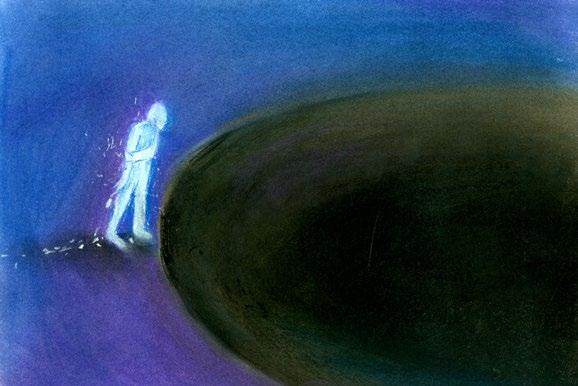
A capitalist illusion? A dream crafted for worship?
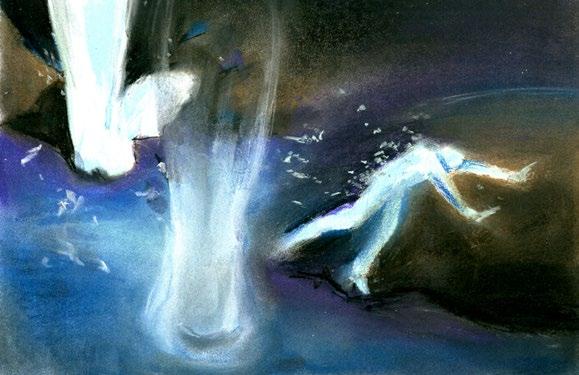
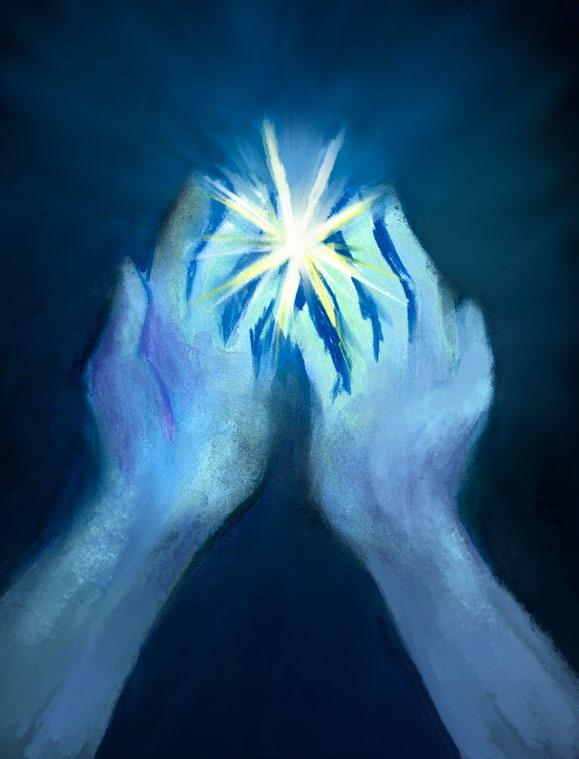
If you ask me whether I regret falling—
No. I’d fall a thousand times, just to be held in their arms.

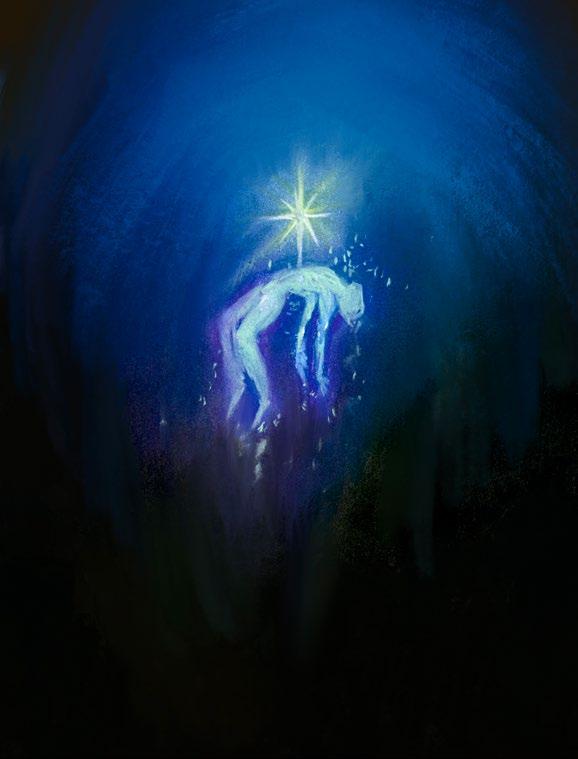
And I know— he’ll keep holding my broken pieces, as if they were something beautiful.

In contemporary society, fandom culture shapes the public image of celebrities and profoundly influences how individuals perceive gender, power, and selfhood. K-pop, as one of the most successful globalized cultural exports, has constructed a highly intricate network of parasocial relationships between idols and fans. In these relationships, fans seemingly control the reputation, career, and moral trajectory of their idols through purchases, votes, and comments. However, the industry's design deeply embeds their emotional investments and behavioral patterns.
This study introduces the metaphor of “the watched watcher” to explore the paradoxical relationship in which idols are watched by fans while simultaneously “watching back” through orchestrated emotional feedback loops, platform data collection, and performance interactivity. While fans believe they are active participants in shaping the idol, they are themselves the object of systemic surveillance and emotional manipulation.
By integrating Jeremy Bentham’s panopticon as a structural metaphor, this study aims to spatialize the invisible forces of fandom culture: the flow of power, the performance of gender, and the construction of identity. Using examples from K-pop, immersive theater like Sleep No More, and psychological ideas about space, this paper suggests a detailed design approach to make the ways people connect emotionally more visible and help them think critically about their experiences.

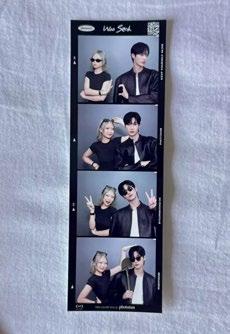
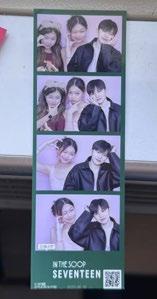














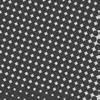















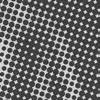







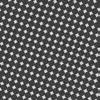
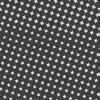


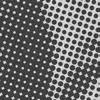

































































































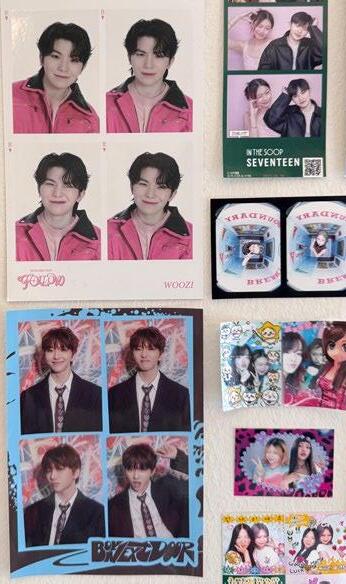

























Judith Butler’s theory of gender performativity, as articulated in Gender Trouble, posits that gender is not an innate attribute, but a reiterated performance shaped by cultural norms. K-pop idols are exemplary in their meticulously curated gender expressions—male idols are often crafted as emotionally gentle, aesthetically soft, and emotionally “safe,” thereby breaking traditional conceptions of masculinity. This “virtual boyfriend” phenomenon is not a step toward gender liberation but a commercialization of emotional fantasy for female consumers.
Despite their apparent active participation in content creation (through fanfiction, voting, and streaming), fans' actions are actually influenced by market trends, platform dynamics, and algorithmic feedback. Emotional intimacy is simulated by curated authenticity— what appears to be a genuine idol-fan interaction is, in reality, a performance of authenticity. Power in this system is not unidirectional but structural. Jeremy Bentham’s panopticon, originally designed as a prison model, provides a valuable framework: a central watchtower surrounded by cells, enabling constant surveillance. Because they are constantly under observation, inmates internalize discipline.

"I will say it one last time, they, are the same person...Men. AND how many times do I have to tell you, these photo cards are DIFFERENT. Not the same."
In digital fandom culture, a similar model prevails. Fans express their affection by posting, commenting, or buying merchandise, believing they are in control. Platforms, management companies track, store, and analyze their actions. This panoptic logic transforms fan activity into data labor, reinforcing platform capitalism.
Thus, idols and fans do not exist in a binary power relationship but in a network of co-constructed control. Architecture, when informed by this dynamic, can serve as a stage for exposing such mechanisms—not merely as functional infrastructure but as a medium of emotional and political revelation.

A circular prison design that allows a single guard to observe all inmates without them knowing if they’re being watched, creating a sense of constant surveillance and self-regulation.




Immersive Theater (Sleep No More): Challenging Fixed Perspectives
This theatrical production dissolves the boundary between performer and audience. Viewers wander freely through a multi-floor environment, piecing together fragmented narratives based on their paths. This spatial logic inspires the design of fan spaces that subvert linear emotional journeys, enabling users to confront the illusion of agency in their paths of desire and consumption.
Translating Fan Rituals into Spatial Interfaces
Building on the immersive and participatory aspects of Sleep No More, the following fan space concepts translate rituals commonly observed in fan culture into physical and interactive environments. These spatial interfaces challenge the emotional investments and the constructed nature of fandom, encouraging users to reflect on their behaviors within the space of their fandom.
Sync Fiction Studio: A writing and projection area where fan-created texts are displayed in realtime, embodying collective fantasy construction.
Voting Simulation Hall: A space featuring interactive installations that mimic mass voting or streaming events, exposing the illusion of emotional impact through ritualistic behavior.
Simulated Intimacy Booths: Through VR or mirror interfaces, users experience “private” moments with idols, only to be confronted later with the constructed and performative nature of such intimacy.

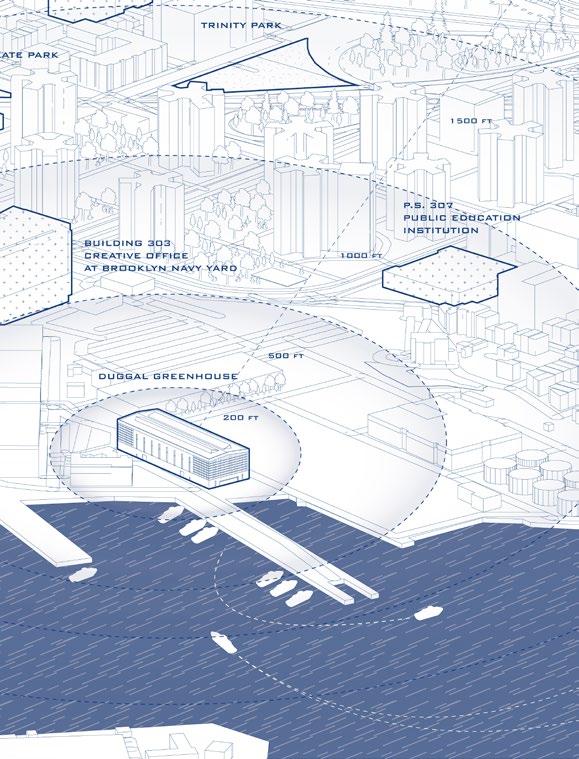






Set along the shifting edge of the Brooklyn Navy Yard, the Duggal Greenhouse occupies a site where industrial history meets contemporary reinvention. Once a center of wartime production, the Yard’s remaining infrastructure speaks to systems of control—of shaping vessels with purpose and precision. Today, those echoes of power become the foundation for a new kind of fabrication: not of ships, but of identity, image, and belief.
The surrounding water is in constant motion, mirroring the emotional currents of parasocial attachment. Devotion to idols—like the tide—can be both nourishing and overwhelming. It reflects desire while threatening to dissolve the self. The East River becomes a metaphor for this dynamic: reflective, fluid, and consuming.


Wind moves invisibly across the site—an ambient force, intangible but unavoidable. It mirrors the mechanisms of celebrity culture and digital capitalism: shaping behavior without being seen. In this way, the environment itself models the parasocial condition—at once immersive and disorienting.
Against this backdrop, the Duggal Greenhouse becomes a vessel for a sequence of programs—spaces where fans act, reflect, and confront their own participation in the idolfan relationship. These are not passive or purely performative experiences, but architectural situations that provoke awareness, invite ritual, and encourage self-inquiry. It becomes a site of transformation—both personal and collective.

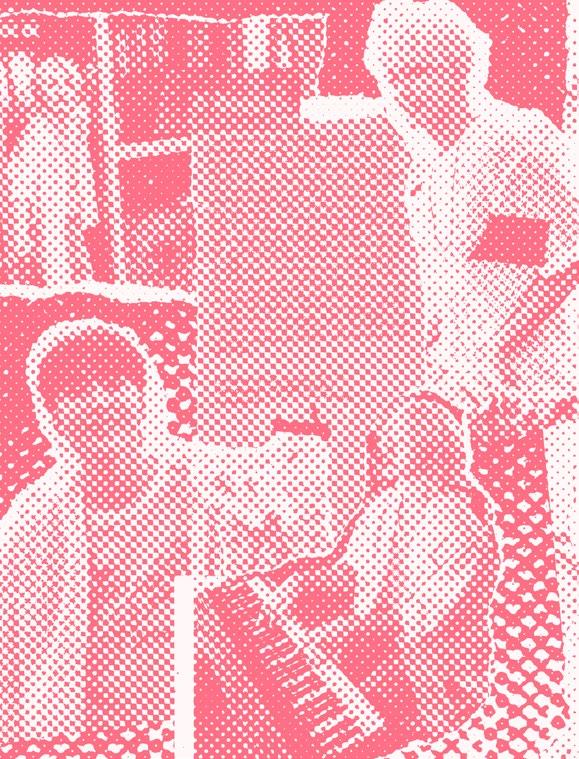


The design strategy for the fan club space comes from the small, everyday rituals that are so familiar to K-pop fans—especially the way fans handle and collect idol photo cards. The idea of holding, trading, and arranging these cards shaped the use of repeated rectangular modules throughout the space, showing up in the way cubicles, seats, and partitions are organized. It’s about creating that same feeling of intimacy and personal connection.
At the same time, the design borrows from the flexibility of paper itself. Folding and unfolding isn’t just a visual reference—it becomes part of how the space works. Sliding doors, foldable tables and chairs, and movable dividers let users change their surroundings depending on what they need in the moment, whether that’s privacy, social connection, or time for reflection.


Inspired by Sigmund Freud’s model of the psyche (Id, Ego, Superego), this spatial proposal outlines three sequential zones. Each zone embodies a distinct phase of the fan's emotional involvement— from immersion to self-reflection to critical awakening.

Concious
Unconcious
The goal is to build a space where memory, fantasy, and critical thinking can all overlap—kind of like how a fan’s photo card collection layers different emotions and experiences. The model studies and early sketches explore these ideas through repeating shapes, folding structures, and soft gradient colors that hint at emotional shifts and transitions.
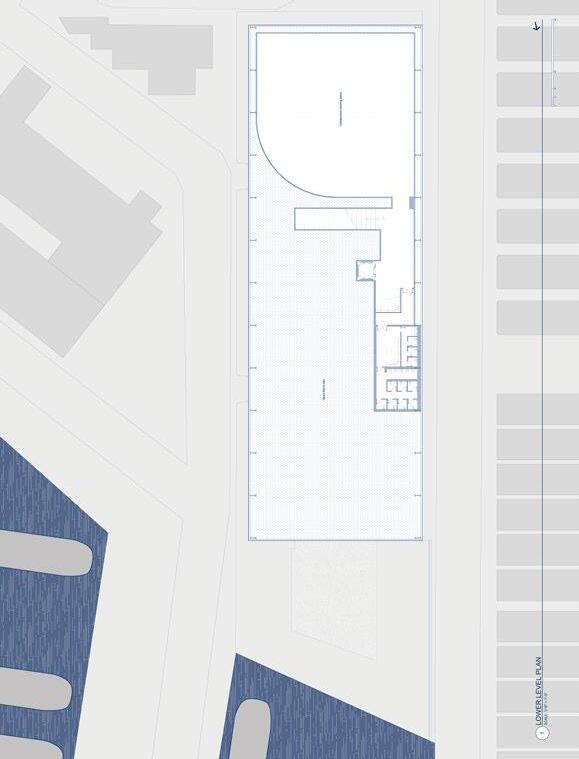
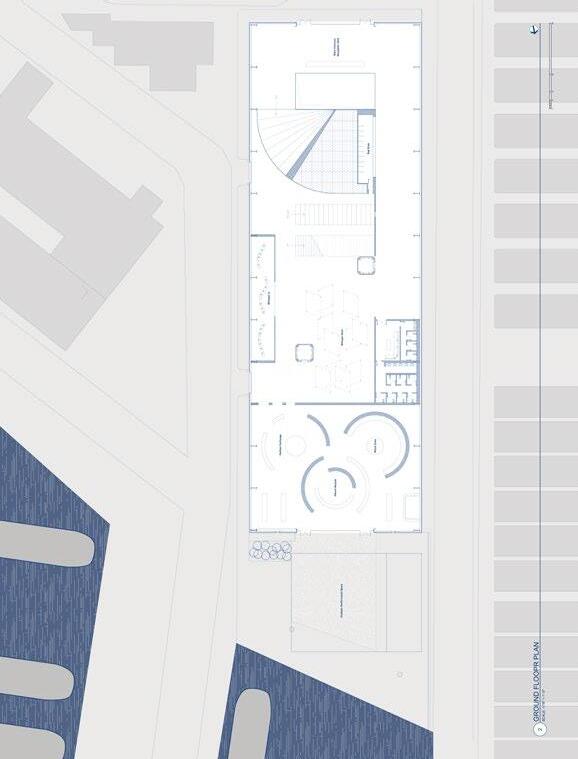

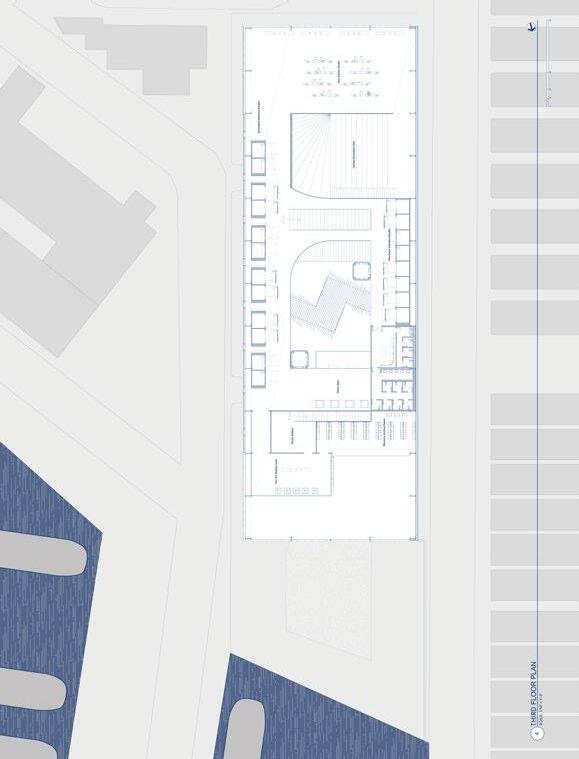
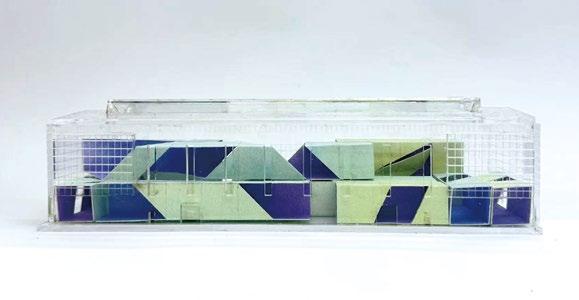


"The tilted rectangular frames in the design are inspired by the natural way photocards lean and layer inside my card holder box.
Observing this everyday arrangement, I sketched the form, which later evolved into the spatial structure rendered below."



Doors covered in fan art unfold into a corridor with foldable seats and tables.
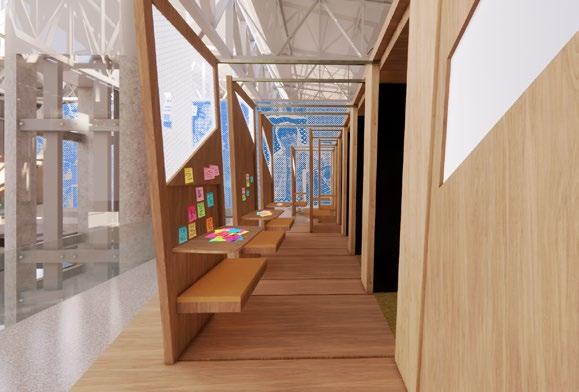

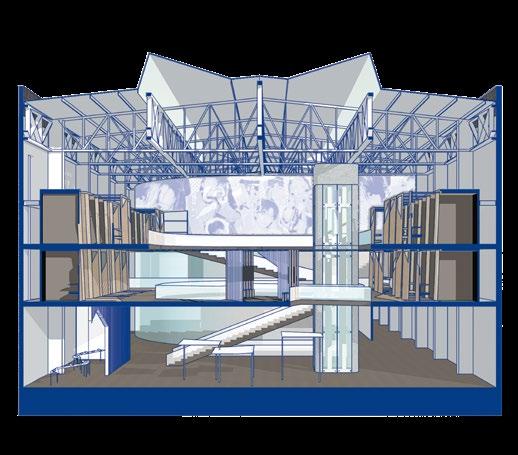
The Id Space: Theater of Desire and Projection
The entrance zone represents the raw, unfiltered emotional state of fan immersion.
Key Features:
Scream Room: A soundproof booth playing concert footage at high volume to enable cathartic emotional release.
Virtual Idol Room: AI-generated conversations simulate private idol-fan exchanges.
Fanfiction Projection Wall: Real-time display of fan-created narratives on an interactive screen.
Relic Display Area: Idol-related artifacts (clothes, props) presented as sacred objects of devotion.
Design Language:
Dim lighting, warm saturated tones, enveloping acoustics, and soft tactile materials create a dreamlike, immersive environment ideal for emotional projection.
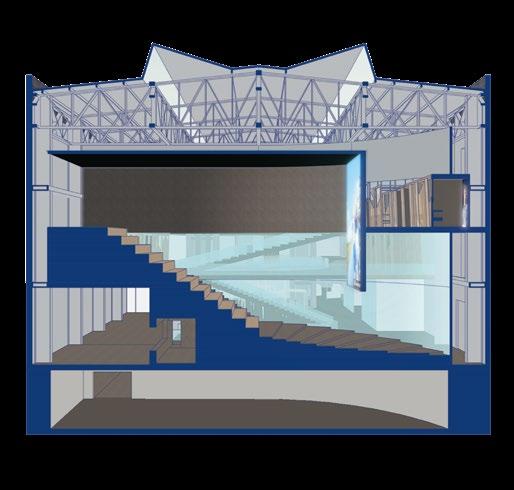
The Ego Space: Mediation and Self-Confrontation
This transitional space encourages users to reflect on their behavior and confront their assumptions.
Key Features:
VR Reversal Booth: Fans view their actions from the perspective of the idol, breaking the one-way gaze.
Whisper in and back: Visitors record or listen to anonymous fan stories, forming an emotional archive.
Fan Network Mapping: Visual representation of fan group dynamics, language patterns, and behavioral norms.
Design Language:
Neutral tones, transparent materials, and modular partitions create introspective nooks and spaces for personal thought.
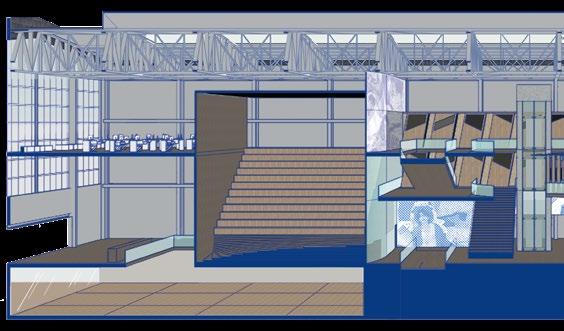
The Superego Space: Ethical Interrogation and Social Discourse
At the terminus of the experience, this area provides a site for rational discourse and ethical evaluation.
Key Features:
Fan Activism Showcase: Cases where fan energy transitioned into social activism (e.g., charity events, public campaigns).
Album Exchange: A donation-based corner where fans can leave behind unwanted albums and exchange them for another K-pop-related item, such as a key charm, photocard, or fashion accessory.
Dialogue Roundtable: Space for public talks, open discussions, and community-led workshops.

Design Language:
Museum-like clarity, high-contrast lighting, and robust materials underscore the transition to analysis, transparency, and public responsibility.
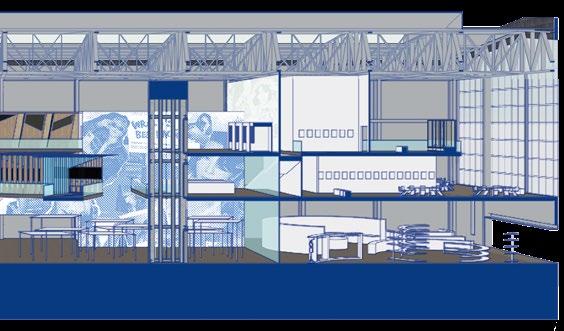




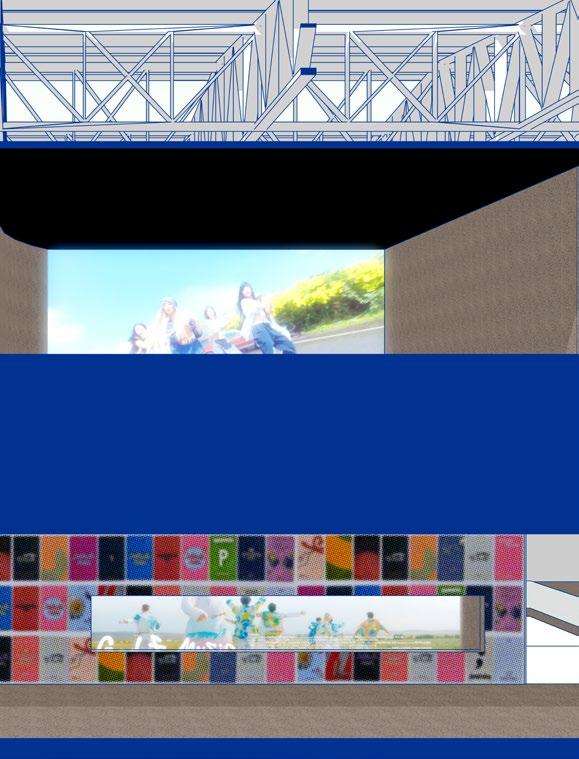




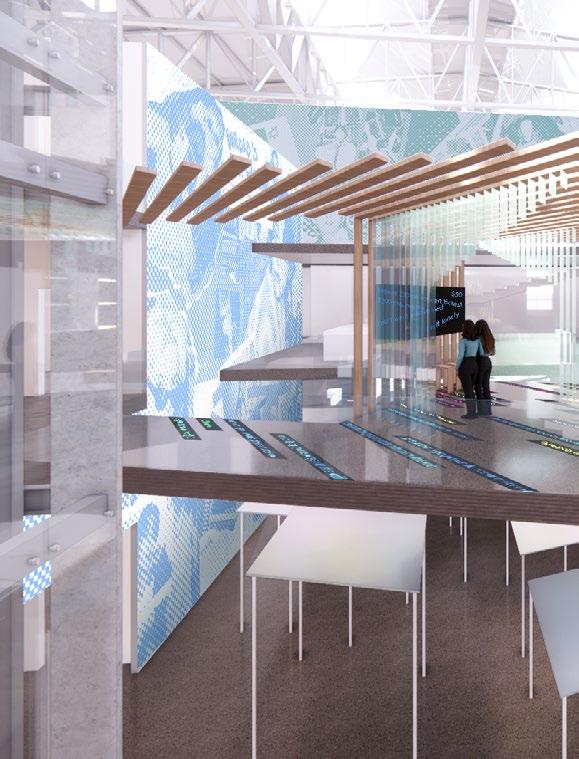
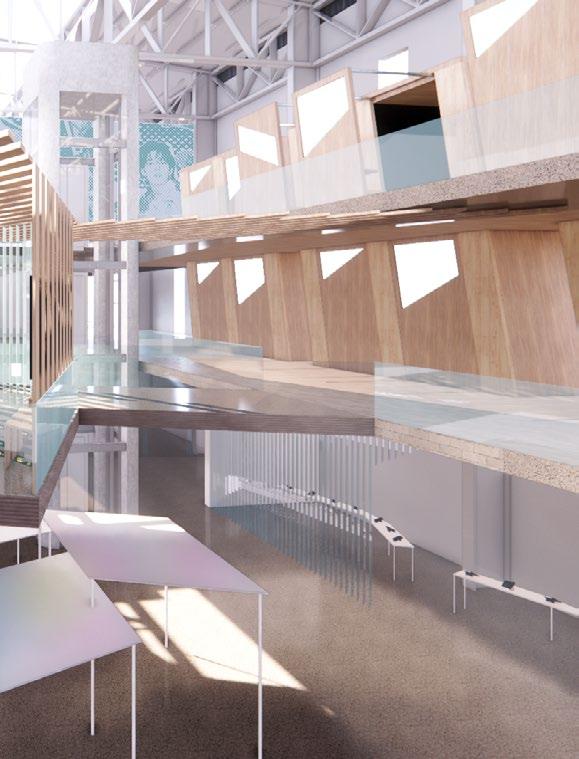

Drawing on the Panopticon’s idea of self-surveillance, the central observation core broadcasts how people respond inside the intimacy booths.
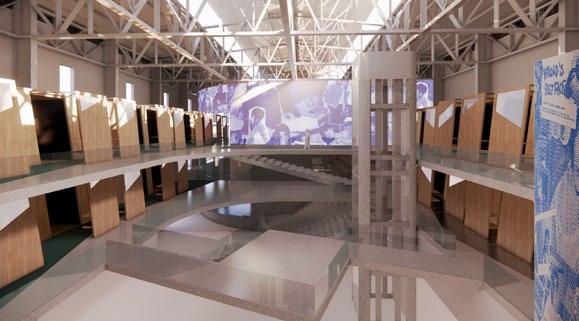
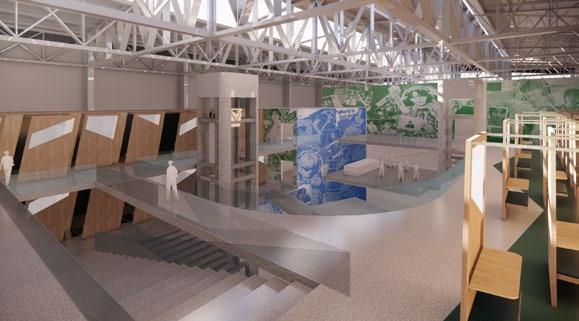

Small individual activity rooms line both sides of the space. Diagonally across, large digital screens and fan-made idol graffiti cover the bigger partitions, creating a shared visual tribute.
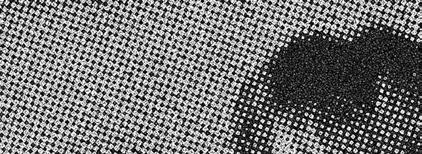

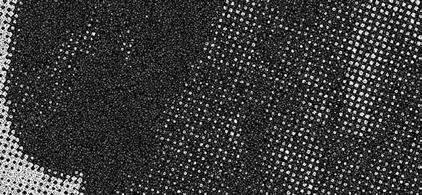


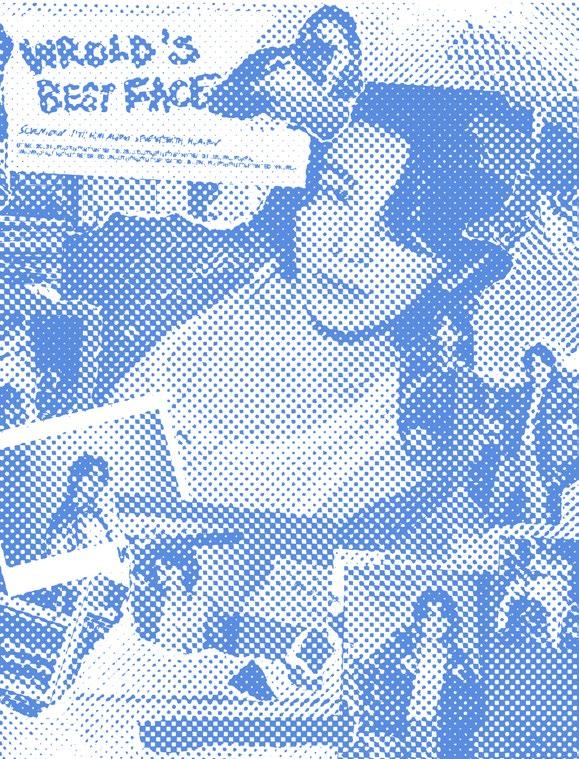

Bentham’s panopticon is fundamentally about the internalization of power through visual uncertainty. In fandom spaces, surveillance is not hidden—it is voluntarily embraced, yet rarely questioned. Fans willingly expose their preferences and behavior in exchange for inclusion or recognition. This self-disclosure becomes a resource for digital platforms.
By incorporating architectural metaphors from the panopticon—such as central pathways, mobile wall partitions, or one-way mirrors—the project seeks to dramatize this condition. Spaces may allow users to view others without being seen, or reverse the condition by revealing their own exposure.
From the belief in emotional reciprocity to the realization that one is being manipulated to the prospect of self-liberation, the experience of passing through these zones is similar to a pilgrimage through affective traps. Through this journey, the space becomes not only a container of emotion but a choreography of power.




















